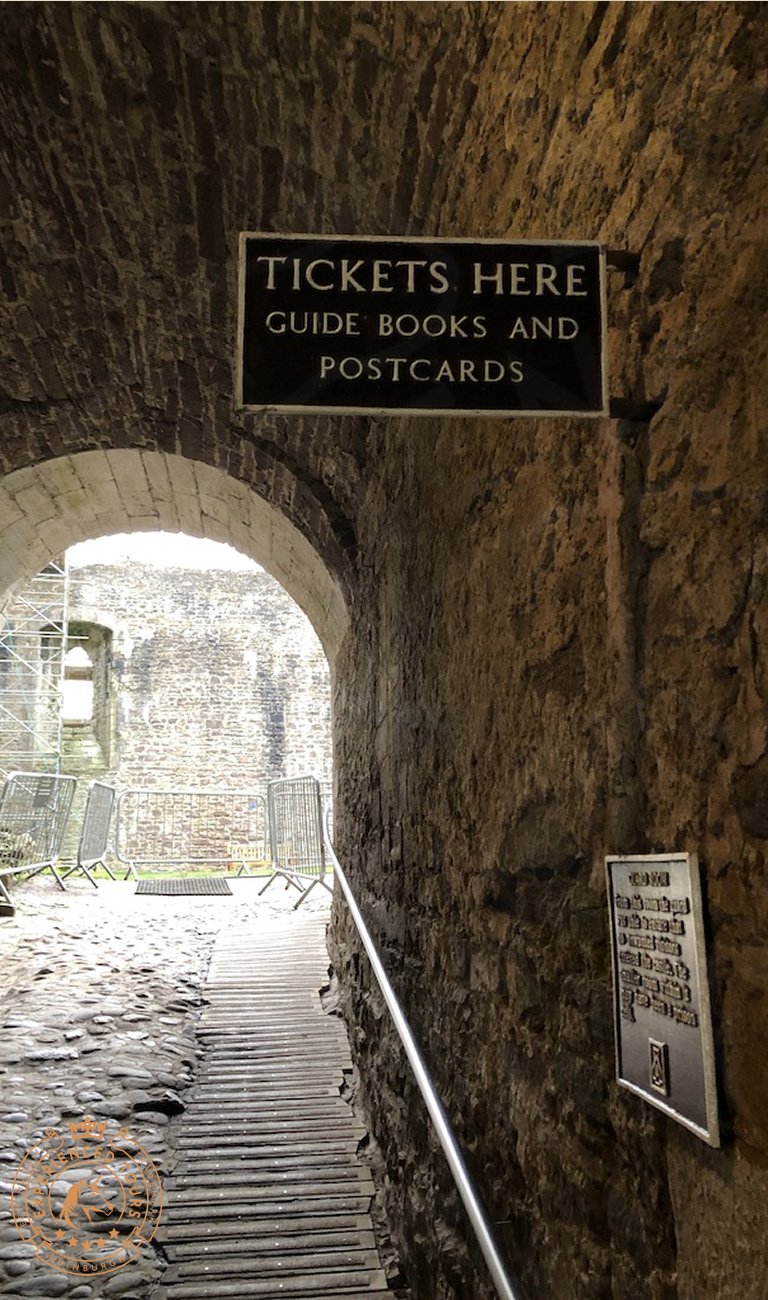Doune Castle
More than any other castle you can visit in Scotland, a trip to Doune shows you what a medieval castle was really like. Although the original building was probably started during the 13th century, none of that remains. What you see today is the castle as it was rebuilt by Robert Stewart, Duke of Albany, in the late 14th century, with very few alterations to its layout. Although it’s been a ruin since the 18th century, the castle remains largely intact, its structure obvious.
Standing on a picturesque site above the River Teith, Doune Castle was built around a central courtyard. You enter through a gatehouse almost 100 feet (30 m) tall, and above the entrance, the Lord’s Hall has been restored with timber panelling and a minstrels’ gallery. Higher up are apartments used by the duchess, a Great Hall and very extensive kitchens below. The living quarters and other buildings occupy the north side of the courtyard.
The castle was last used as a fortress during the Jacobite uprising in 1745. It was used to imprisoned government soldiers who were captured at the battle of Falkirk. The Jacobite Leader Bonnie Prince Charlie and his Jacobite Highlanders also occupied the castle for a time during his campaign to be recognised as King of Scotland. By 1880 it had become a complete ruin until the Earl of Moray partially restored the castle and leased it into the care of Historic Scotland in 1970.
Because of its appearance Doune Castle has been used several times as a film set. It has featured twice in films based on Scott’s ‘Ivanhoe’ and more recently has been used as the location in the series one of ‘Game of Thrones’ as Winterfell Castle and in Outlander in which it is the location of Castle Leoch.
However, by far its most famous screen appearance was in ‘Monty Python and the Holy Grail’ (1974) – in which it featured as Camelot.
Doune Castle
Castle Hill
Doune
FK16 6EA
www.historicenvironment.scot
Open annually
Private tours that visit this location:















